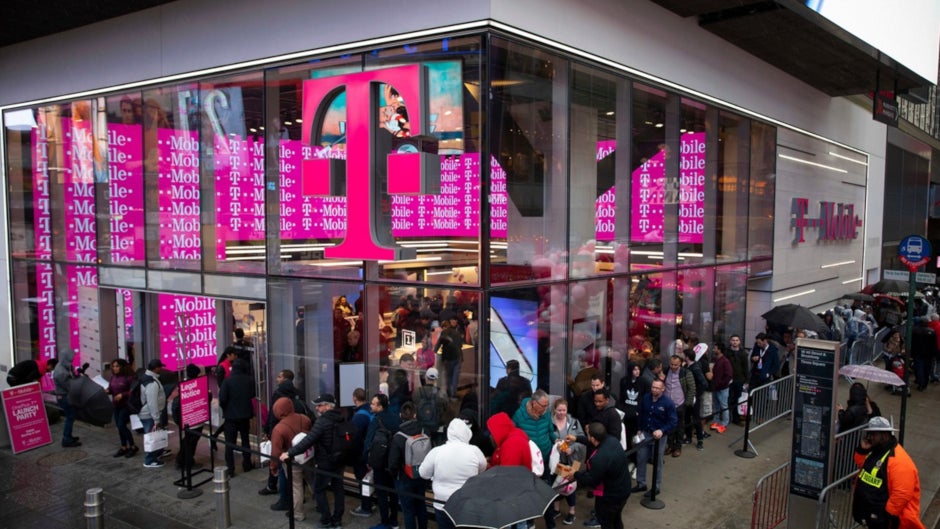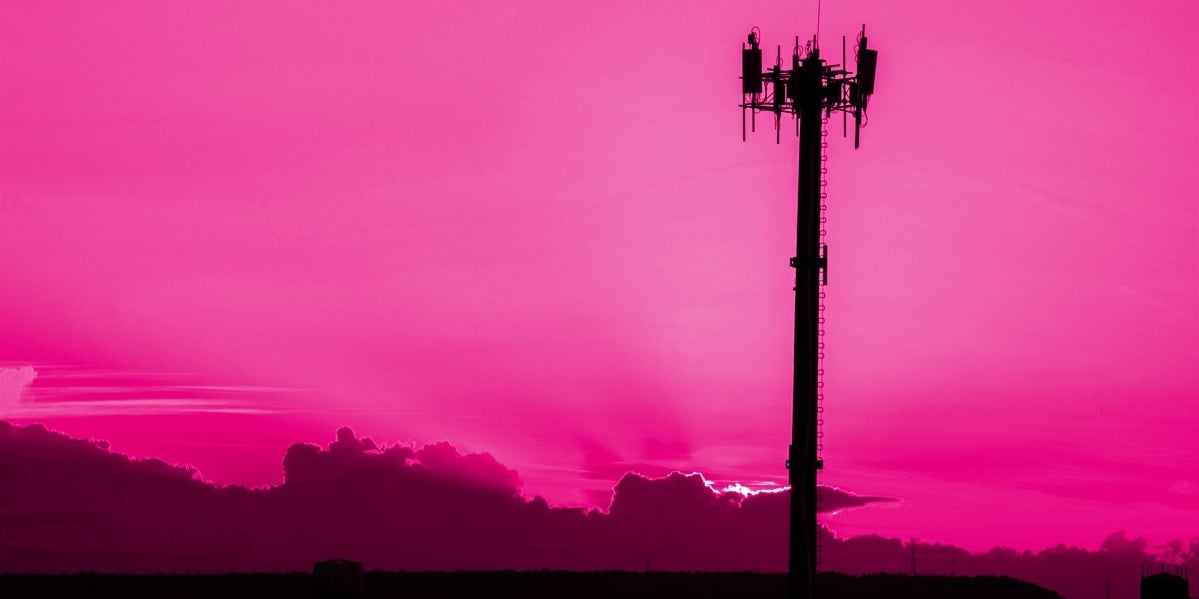These numbers show why T-Mobile is the early leader in U.S. 5G

Which U.S. carrier do you think provides its subscribers with a 5G signal more often than its rivals? Hint: it's the same network provider that gives customers the fastest network response time, T-Mobile. That's the word from Ookla's Q3 2020 Speedtest Market Analysis. Ookla also discovered that Verizon customers connect to a 5G signal only 0.6% of the time. When you need 5G, getting such a signal 6 times out of a 1,000 tries is not what you might consider reliable. On the other hand, T-Mobile subscribers get access to 5G three times more than AT&T customers and 90 times more than Verizon subscribers.
T-Mobile customers are more likely to get a 5G signal than Verizon or AT&T customers
But there is a big reason for the huge discrepancy between Verizon and T-Mobile 5G. And that's because when the third quarter was taking place, Verizon only had high-band mmWave 5G signals available. Unlike the low and mid-band 5G signals T-Mobile delivered during July through September, mmWave travels short distances. Because Verizon didn't launch its nationwide service until last week, many Verizon subscribers were unable to get a 5G signal until then.

T-Mobile subscribers were 90 times more likely to get a 5G signal than Verizon customers
Verizon's nationwide 5G is driven by dynamic spectrum sharing (DSS). This allows 4G LTE and low-band 5G to share spectrum. And DSS negatively impacts a carrier's capacity since it shares the current infrastructure for both 4G and 5G use. Still, we can expect a big difference when the fourth-quarter numbers are released by Ookla. Until then, T-Mobile has plenty to brag about according to the carrier's Neville Ray, President of Technology. Ray said, "You can’t enjoy 5G if you can’t get 5G. I can’t believe I have to say this, but apparently some providers think 5G you can’t find is perfectly OK. T-Mobile has America’s largest 5G network, and Ookla’s report shows T-Mobile customers get the benefits of 5G more often. We’re building 5G for All on dedicated airwaves to deliver both coverage and speed … while Verizon and AT&T force 5G and LTE customers to share already-crowded bandwidth."
While low-band 5G is only marginally faster than 4G LTE, T-Mobile has the 2.5GHz mid-band airwaves that it acquired from Sprint. With that band employed, T-Mobile can deliver 5G as fast as 300Mbps or 7.5 times faster than its 4G LTE signals. As the nation's second-largest wireless provider notes, "The Un-carrier’s 5G network is the largest by far, covering 260 million people in more than 7,500 cities and towns. And thanks to the merger with Sprint, T-Mobile is rolling out the best spectrum for 5G — mid-band 2.5 GHz 5G — across the country. It’s already live today in 210 cities and towns and will be in thousands of cities and towns by the end of the year. Where mid-band is deployed, it can deliver average download speeds around 300 Mbps — that’s 7.5x faster than our LTE today — with peak speeds up to 1 Gbps. Verizon’s “Ultra Wideband” can only deliver fast speeds outdoors on specific street corners near base stations. T-Mobile’s mid-band 5G is the sweet spot, it can give customers fast speeds across broad geographies."
While T-Mobile is deploying its layer cake strategy (low, mid, and high band "layers") using stand-alone 5G, DSS could lead to a drop in capacity and speed. As Ray says, "The physics are simple. When you force more devices to share crowded airwaves, speeds decrease. I predict Verizon’s speeds on 5G and LTE are about to hit a massive speed bump."
The improvement in 5G data speeds that the mid-band signals provide explains why T-Mobile pulled out all of the stops to acquire Sprint. And some analysts believe that T-Mobile will end up being the 5G data speed champion in the U.S.
Follow us on Google News














Things that are NOT allowed:
To help keep our community safe and free from spam, we apply temporary limits to newly created accounts: